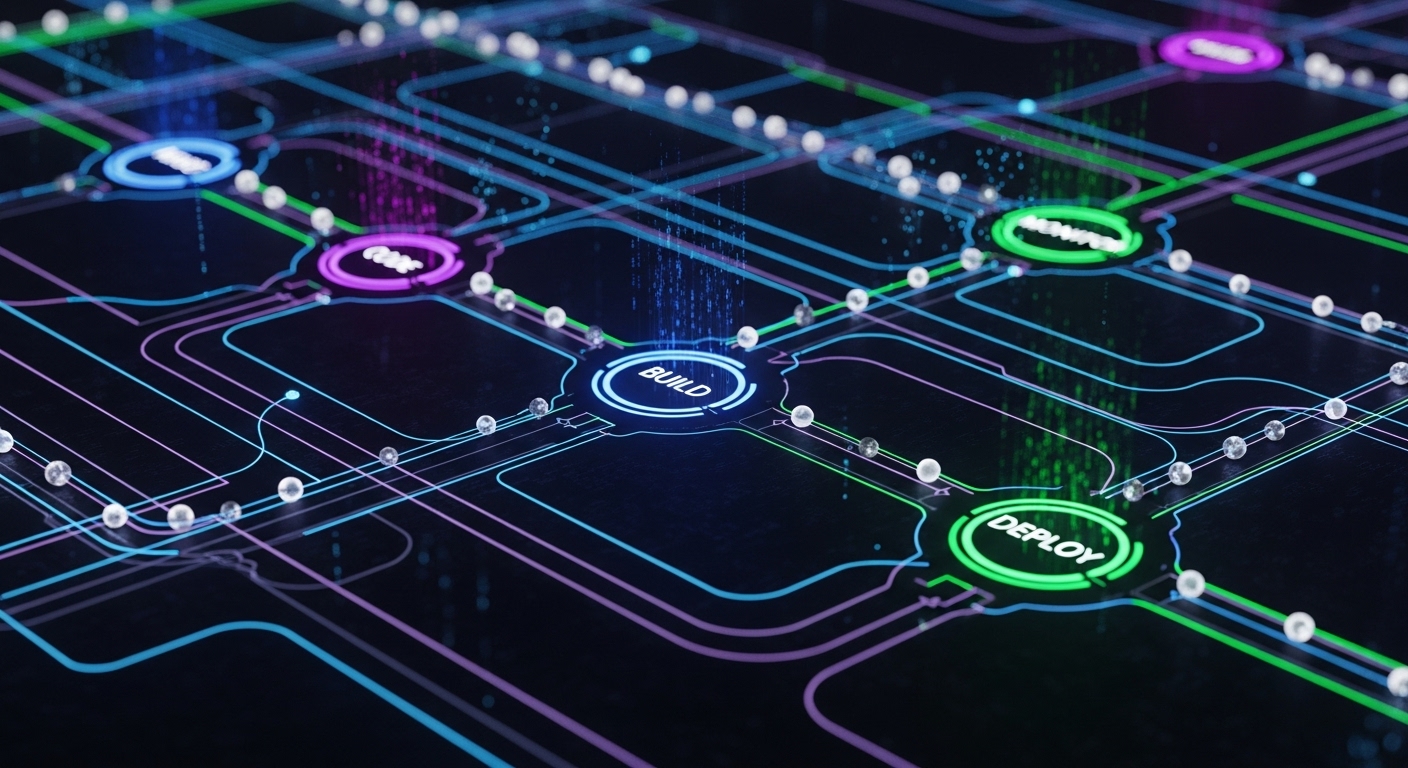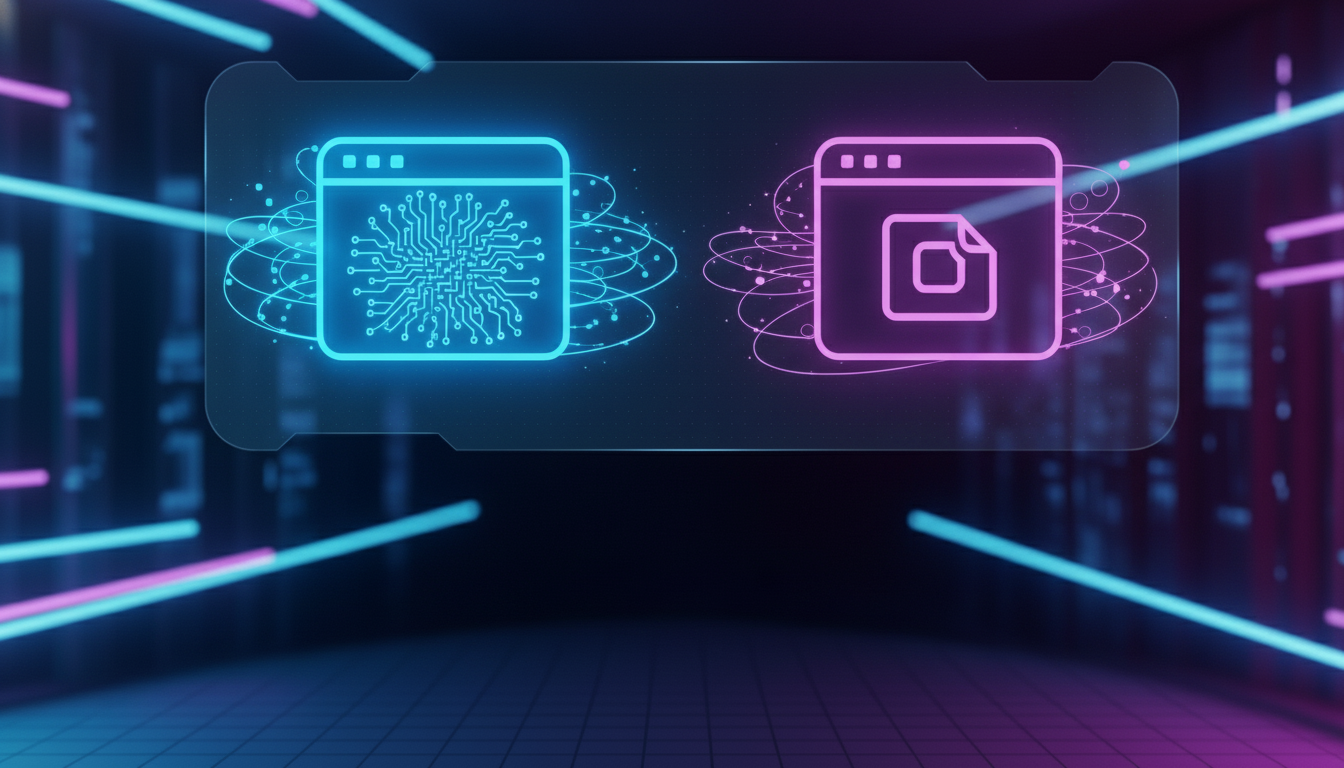Food for thought.
Reflections on some of our cases, research on cutting-edge tech & experienced takes on design, development and business.
Reflections on some of our cases, research on cutting-edge tech & experienced takes on design, development and business.

Lately, I've been watching with curiosity, interest, and maybe a pinch of disappointment, the rise of AI-enhanced browsers like Comet, ChatGPT Atlas, Edge Copilot, and Dia. They present themselves as radical innovations, but my personal feeling is that, under the hood, they remain the same old browsers with an AI plugin.

As software complexity increases, so does the risk of vulnerabilities hidden deep within codebases. Traditional manual reviews are no longer enough to keep pace with the rapid development cycles of modern engineering teams. Artificial intelligence (AI) for code security analysis is reshaping how organizations detect, prioritize, and fix potential threats before they reach production.

In modern software development, productivity is defined not only by code quality but also by how efficiently engineers use their time and workspace. One often overlooked productivity enhancer is the tiling window manager, or tiling system. These systems organize application windows automatically, helping developers eliminate distractions, minimize context switching, and optimize every inch of screen real estate. This article explores how tiling systems boost developer focus and workflow speed, why they’re increasingly popular among full-stack and DevOps engineers, and how to choose the right setup for your workflow.

GitHub Copilot has quickly become a core part of modern development workflows. But while most developers use it as an in-editor assistant, its potential goes far beyond writing functions. When integrated into CI/CD pipelines, Copilot can accelerate automation, improve code quality, and enhance team collaboration. This article explores how to connect GitHub Copilot to your continuous integration and deployment workflows, turning AI assistance into a full-cycle productivity engine.

Prompt engineering has evolved from a niche experiment into a core development skill. As AI models grow more capable, developers need tools that help them design, test, and refine prompts quickly. Two of the most powerful assistants leading this evolution are Windsurf and Cline, both designed to make AI collaboration more intuitive and productive.

Once known primarily for its beaches and business-friendly climate, Tampa, Florida has become one of the fastest-growing technology ecosystems in the United States. From fintech startups to enterprise innovation labs, the city is attracting a wave of investment, talent, and entrepreneurial energy. With a diverse economy, strong infrastructure, and supportive local initiatives like Tampa Bay Tech, the region is turning into a magnet for companies seeking reliable partners for custom software development and digital transformation projects.

The rise of AI assistants like Claude is changing how developers write, debug, and automate code. While most users interact with Claude through web apps or integrations, running it directly from the terminal opens up an entirely new level of flexibility. Whether you’re managing APIs, writing documentation, or experimenting with code generation, terminal access brings Claude closer to your daily workflow.

In the fast-paced world of product development, speed and creativity often pull in opposite directions. Uizard bridges that gap with an AI-driven platform that turns rough sketches, text prompts, and screenshots into fully interactive interface designs. For developers, designers, and product teams, it’s a tool that redefines what “rapid prototyping” really means.